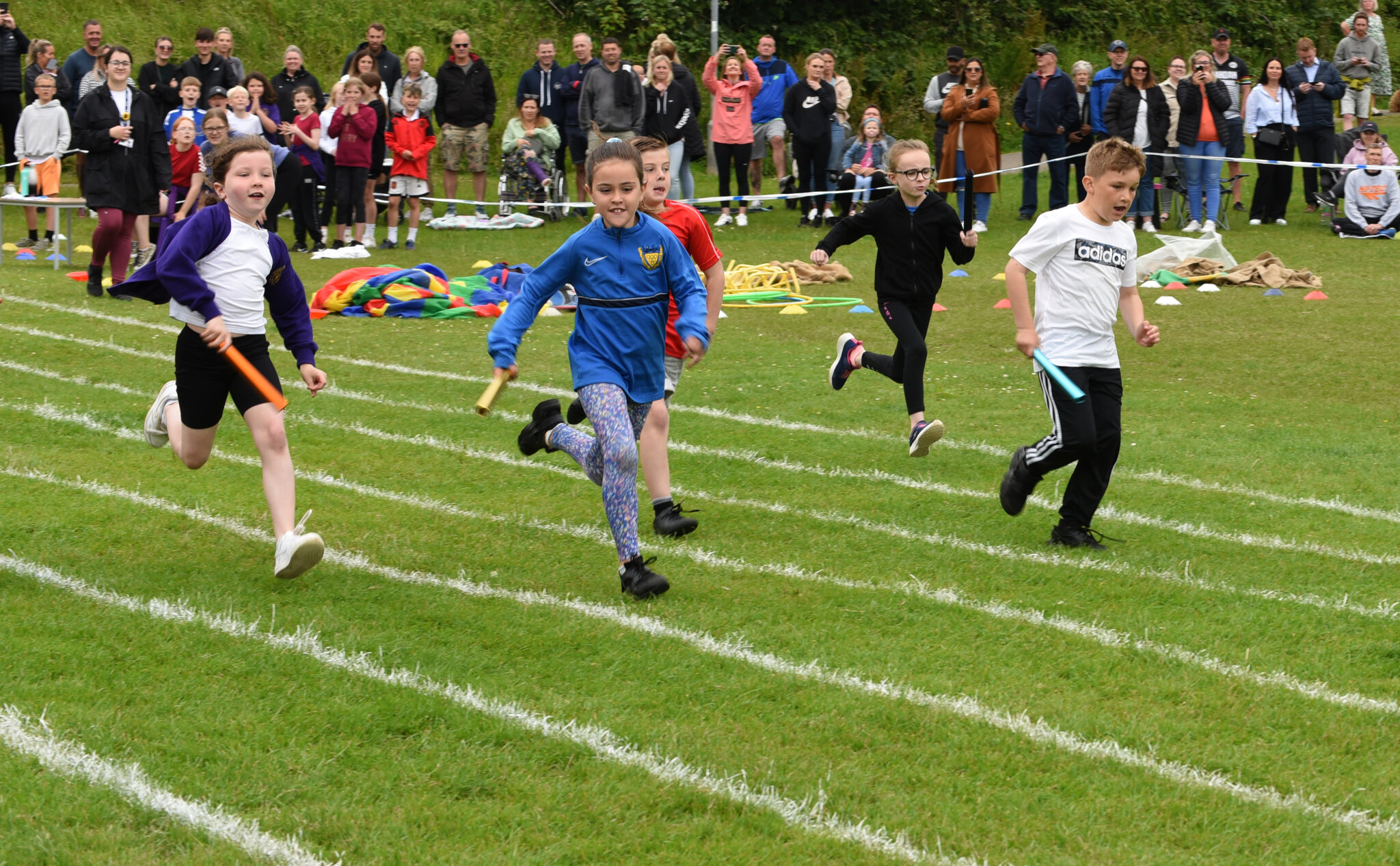
After The London Olympics and Paralympics Games in 2010, the Government was determined to secure a significant and lasting legacy from the games where they wanted to continue to inspire the nation to enjoy sports. Therefore the Government announced that new funding of £320 million was available to schools for physical education and sport. This funding is to be used to improve the quality of PE and sport provision. Each year, schools have to publish information on how they intend to spend this funding.
All young people should have the opportunity to live healthy and active lives. A positive experience of sport and physical activity at a young age can build a lifetime habit of participation and is central to meeting the government’s ambitions for a world-class education system.
Physical activity has numerous benefits for children and young people’s physical health, as well as their mental wellbeing (increasing self-esteem and emotional wellbeing and lowering anxiety and depression), and children who are physically active are happier, more resilient and more trusting of their peers. Ensuring that pupils have access to sufficient daily activity can also have wider benefits for pupils and schools, improving behaviour as well as enhancing academic achievement.
We have identified 5 key indicators for improvement across our PE provision:
- The engagement of all pupils in regular physical activity - the Chief Medical Officer guidelines recommend that all children and young people aged 5 to 18 engage in at least 60 minutes of physical activity a day, of which 30 minutes should be in school.
- The profile of PE and sport is raised across the school as a tool for whole-school improvement.
- Increased confidence, knowledge, and skills of all staff in teaching PE and sport.
- Broader experience of a range of sports and activities offered to all pupils.
- Increased participation in competitive sport
UK Government website
PE and sport premium for primary schools.